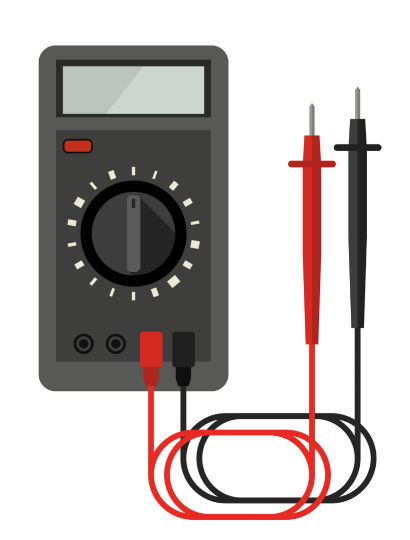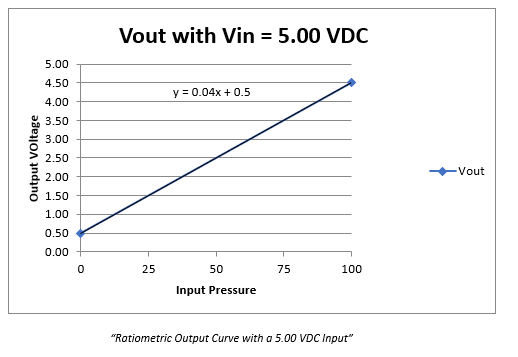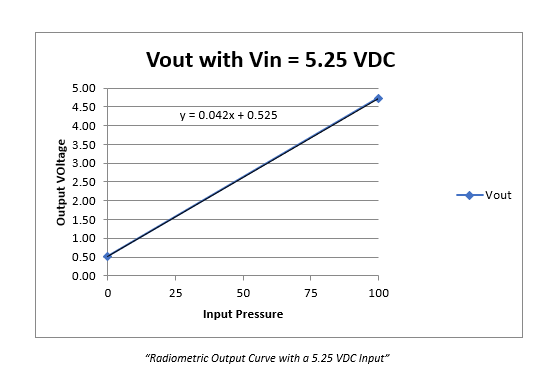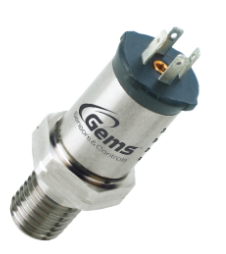The 3xxx family of pressure sensors have an output configuration called Ratiometric.
What is the definition of “Ratiometric”?
- Any system in which an output is directly proportional to an input.
What does that mean to me?
- In the pressure sensor world, as your input voltage varies, so does your output.
- The output is a “ratio” of 10% of input (at the low-pressure end) up to 90% of the input (at the high-pressure end).
- For the 3xxx series of pressure sensors, this is the ‘T’ option in the part number configuration.

Why would I want that?
- Historically, a Ratiometric output style device does not have an internal regulator to control the output signal if the power supply changes. This typically makes the product less expensive to manufacture.
- Design engineers preferred this output (as compared to a standard regulated output) for this allowed them to utilize the same power supply used to power their A to D (Analog to Digital) converters. They did not have to introduce another precision reference power supply to support a regulated transducer. Since they already had to correct their A to D's for changes in the supply voltage, they can fold in the Ratiometric output sensor and use the same supply voltage with no introduced error due to a separate supply.
So, the Ratiometric pressure sensors are less expensive?
- With modern technology and manufacturing, no.
- Today’s 3xxx Series pressure sensors utilize what is known as an ASIC (Application Specific Integrated Circuit) to control the algorithms that the sensors utilizes to make decisions and provide the output.
- With this ASIC, Gems is able to configure all the varying outputs options for the 3xxx series (Ratiometric, 4-20 mA, 0-10 VDC, 0-5 VDC.) with one chip and program them at the time of manufacture.
- Since all the sensors use the same ASIC, the costs are the same.
If the output varies with input, why do you offer this type of sensor?
- There is still a very strong installed base of Ratiometric pressure sensors in the market today. We want to make sure those customers are still served.
Can you give me an example of how this works?
- The supply voltage is 5 VDC +/- 10%.
- The output is a “ratio” of 10% of the input up to 90% of the input.
- If you have a 5.00 VDC supply with a 100 psi range sensor then: With no pressure on the port (0 psi), the output equals= 10% of 5.00 VDC = 0.5 V
- With full pressure on your port (100 psi) then the output equals = 90% of 5.00 VDC = 4.5 V

Here is where you need to be careful - if your supply voltage was to go up to 5.25 VDC, then:
- With no pressure on the port (0 psi), the output now equals = 10% of 5.25 VDC = 0.525 VDC
- With full pressure on your port (100 psi) then the output equals = 90% of 5.25 VDC = 4.725 VDC

What if I desire a 0.5 to 4.5 V output but do not want it to vary with the input voltage?
- Gems has an option for that configuration called the Non-Ratiometric output.
- This is the ‘N’ option in the part number configuration.
- The input voltage is now 6.5 to 30 VDC but the output stays constant at 0.5 to 4.5 VDC no matter what the input voltage is.
Click the links below to view more Gems Pressure Products:
 SEARCH OUR RESOURCE CENTER
SEARCH OUR RESOURCE CENTER

